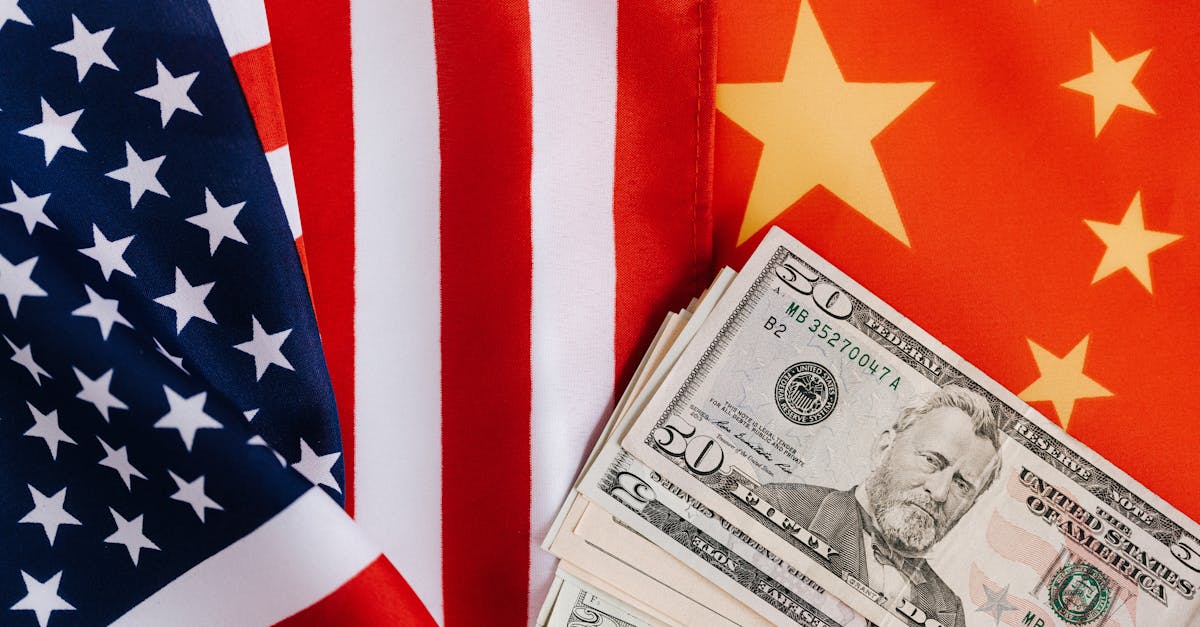
Introduction
In a significant legal move, a US court has blocked a set of tariffs imposed during the Trump administration, creating ripples across global markets. The tariffs in question were initially placed on goods imported from several countries, sparking international trade tensions. With the court's decision, there is renewed hope for smoother international trade relations. Observers are keenly watching how this will affect various global sectors, from manufacturing to agriculture. Tariffs have long been a tool utilized by governments to protect domestic industries—often at the cost of international relationships. Now, with the tariffs stalled, there is a potential shift in the dynamics of global trade.
Background of Trump Tariffs
The Trump administration, during its term, leveraged tariffs as a strategic move to strengthen the domestic economy. These tariffs targeted numerous imports, including steel, aluminum, and various consumer goods. Their imposition led to trade conflicts, particularly with China, the European Union, and Canada. Advocates argued these measures were crucial in countering unfair trade practices and boosting American manufacturing. Yet, the approach sparked controversies, with critics citing increased costs for businesses and consumers. Many sectors, such as agriculture, felt the pinch as retaliatory measures from affected countries came into play.
Legal Challenges and the Court's Ruling
The imposition of tariffs came under legal scrutiny, with various industry groups and foreign governments challenging them in court. The plaintiffs argued that the tariffs were arbitrary and violated international trade rules. After prolonged legal battles, a US court recently ruled in favor of blocking these tariffs. The court's decision hinged on procedural irregularities and a lack of sufficient justification for the tariffs. This ruling not only highlights the judicial system's role in overseeing trade policies but also underscores the checks and balances within the US governance structure.
Immediate Reactions and Market Response
Global markets reacted swiftly to the news of the court's decision. Stock indices in major economies experienced fluctuating movements as investors recalibrated their expectations. Companies that rely on imported raw materials can see potential cost reductions and improved profit margins. Trade partners expressed cautious optimism, hoping for more predictable trade dealings. However, there's also apprehension, as market dynamics often remain unpredictable in the aftermath of such significant rulings. Financial analysts emphasize the need for businesses to stay agile as they navigate this ever-changing landscape.
Impact on US Industries and Exports
With the court's blockade of tariffs, US industries now face a landscape rife with both opportunities and challenges. On one hand, sectors like manufacturing may benefit from the reduced cost of imported materials. On the other, industries already adapted to the previous trade environment must reassess their strategies. Export-dependent sectors anticipate better access to international markets. Many believe this ruling could spur innovation and competitiveness within the US, encouraging companies to enhance efficiency and quality. Regardless, the pathway towards recalibrated trade strategies might require time and adjustments.
Potential Shift in Global Trade Relations
The court's ruling potentially charts a new course for US foreign trade relations, opening doors for more diplomatic discourse. Trade partners have voiced their intentions to strengthen ties and rebuild bridges that were strained. There is hope that smoother transactions could lead to harmonized global supply chains. However, challenges remain, as nations tread cautiously in revisiting trade agreements. Trust and transparency will be vital in forging renewed alliances and trade pacts. This decision serves as a reminder of the delicate balance involved in international trade dynamics.
Challenges of Transitioning Policies
Moving forward, the transition from a tariff-heavy approach to potentially more free trade-oriented policies poses its own challenges. Businesses accustomed to tariff structures might face initial upheavals in their supply chain mechanisms. A thorough reassessment of trade deals, alongside consultations with international partners, will be crucial. Furthermore, addressing potential concerns from domestic stakeholders who benefited from tariffs, remains a delicate issue. Policymakers face the task of ensuring that the transition remains smooth and beneficial in the long term. Effective communication and strategic planning will be key components of this phase.
Public Perception and Political Implications
The public perception of tariffs and the court’s decision influences the political landscape significantly. On one end, some view this as a step towards progressive global trade and economic harmony. On the other, skeptics question the efficacy of relying on international judicial processes. Politicians need to address constituent concerns, balancing national interests with global commitments. Meanwhile, discussions surrounding the sustainability and fairness of the broader trade system have resurfaced. Ultimately, public discourse will shape future policy debates and decisions.
What's Next?
In the wake of the court's decision, stakeholders are actively exploring what lies ahead. Many anticipate negotiations between the US and its trade partners to resume, aiming for mutually beneficial agreements. Monitoring trade patterns is crucial in gauging the longer-term impact of the ruling. Export and import sectors must remain vigilant, adapting to new regulations and opportunities. Economists suggest that this moment might usher in a revival of multilateral trade agreements. All eyes are on policymakers as they navigate the intricacies of contemporary global trade.
Summary and Conclusion
The recent ruling by a US court to block Trump-era tariffs is a pivotal development in global trade relations. This decision has ushered in a wave of anticipation and cautious optimism across international markets. Across industries, stakeholders are hoping for more stable and predictable trade climates. Nonetheless, adjusting to these shifts will require strategic planning and collaboration. As nations globally adapt, this contingent period may define new norms in international trade dynamics.